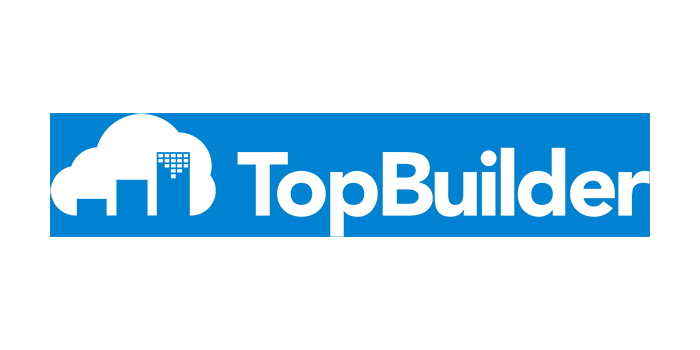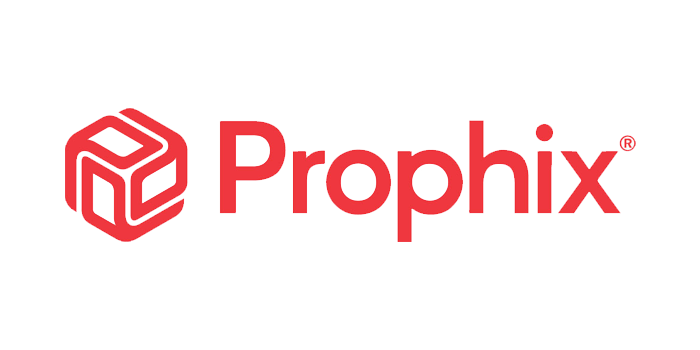The Pennsylvania Turnpike Commission (PTC) was created in 1937 to construct, finance, operate, and maintain the Pennsylvania Turnpike. In 1940, the 160 mile long Pennsylvania Turnpike opened for business becoming America’s first Superhighway. Today, PTC oversees one of the nation’s busiest and longest highway systems with annual toll revenues totaling $866 million (ranked 2nd in the U.S.).
PTC’s mission is to operate a safe, reliable, customer-valued toll road system that supports national mobility and commerce. With 552 total turnpike miles, PTC spends about $600 million annually on new construction projects and maintenance to ensure that the highway is safe, reliable, and efficient.
Review of Systems and Processes
In 2004 as the number of new construction and maintenance projects continued to increase, PTC implemented an enterprise collaborative project management system to better manage the scope and volume of these projects. The application they selected was one of the first cloud-based applications and the leader in the category at the time. As an early adopter of cloud-based technology, PTC ultimately made this application their standard on all projects. While the application served them well at the time, their vendor was ultimately acquired and product development and enhancements slowed dramatically. “We certainly had misgivings about the situation, but there just wasn’t a better option on the market and migrating to a competing system would’ve brought us back to square one,” said Jeff Wilson, Engineer Project Manager.
In 2010, PTC reviewed their existing systems and processes and came to the conclusion that they needed to consolidate systems and move to a next-generation project management and collaboration platform. PTC gathered requirements from the Design, Construction, Facility Management, and IT teams then went through an extensive RFP and vendor evaluation process.
A Solution for the Future
After completing the evaluation process, PTC ultimately selected Kahua. “In Kahua, we saw some key differentiators, most importantly, the ability to easily build custom applications that conform to our business processes rather than us tailoring our business processes to the system,” said Wilson.
Download the full case study to learn which Kahua’s key differentiators the PTC found very compelling included, and the results of the transition to Kahua.













